Hawa Mahal Jaipur- History, Architecture & Windows
Hawa Mahal Jaipur , renowned as the “Palace of Winds,” is celebrated for its remarkable architecture in Jaipur, Rajasthan.
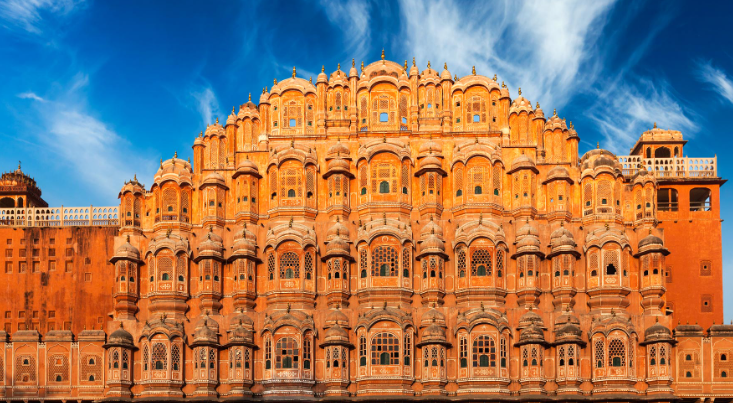
About- Hawa Mahal History
Hawa Mahal, renowned as the “Palace of Winds,” is celebrated for its remarkable architecture in Jaipur, Rajasthan. Constructed in 1799 by Maharaja Sawai Pratap Singh, this palace stands out due to its distinctive design, characterized by numerous small windows and balconies that resemble a honeycomb structure.
The palace was commissioned by Maharaja Sawai Pratap Singh, who was the grandson of Maharaja Sawai Jai Singh, the founder of Jhunjhunu in Rajasthan. His inspiration for this magnificent edifice stemmed from the unique architecture of Khetri Mahal, leading to the creation of this historical landmark.
Designed by Lal Chand Ustad, Hawa Mahal features a five-story façade adorned with 953 small windows, known as Jharokhas, which are intricately decorated with latticework. This design was originally intended to enable royal women to observe the daily life and festivities occurring in the streets below while remaining unseen. Additionally, the latticework facilitated the flow of cool air through the structure, enhancing comfort during the sweltering summer months.
Many visitors to Hawa Mahal mistakenly perceive the street view as the front of the palace; however, it is actually the rear side that they are observing.
In 2006, the Mahal underwent renovation for the first time in half a century, with an estimated expenditure of Rs 4.568 million aimed at revitalizing the monument. The corporate sector played a significant role in the preservation of Jaipur’s historical sites, with the Unit Trust of India taking responsibility for the maintenance of Hawa Mahal. This palace is an integral component of a larger complex, showcasing distinctive features such as intricately carved stone screens, small windows, and elegantly arched roofs, which contribute to its status as a favored destination for tourists. Additionally, the monument is adorned with exquisitely crafted hanging cornices.
Also Read: Taj Mahal Amazing Facts
- Alternative names Palace of the Winds,
- Palace of the Breeze
- General information- Architectural style Hindu Rajput Architecture Location Jaipur, Rajasthan Country India Coordinates 26.9239°N 75.8267°ECompleted 1799; 225 years ago Technical details Structural system Red, yellow, black, rainbow and pink sandstone Design and construction Architect(s) Lal Chand Ustad Main contractor Maharaja Sawai Pratap Singh
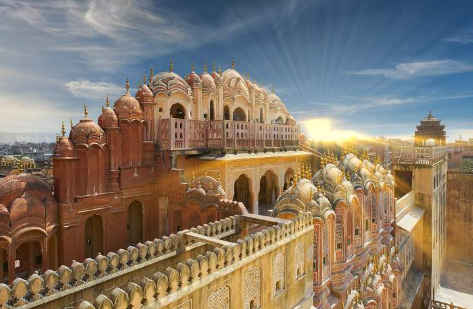
Architecture
This palace is an impressive five-storey structure designed in a pyramidal shape, reaching a height of approximately 50 feet (15 meters). The upper three levels of the edifice feature the width of a single room, while the first and second floors are adorned with patios at their fronts. The façade, visible from the street, resembles a honeycomb, characterized by numerous small portholes. Each porthole is embellished with miniature windows and intricately carved sandstone grills, finials, and domes, creating a distinctive appearance of semi-octagonal bays that contribute to the monument’s unique exterior. The inner side of the building’s rear comprises chambers supported by pillars and corridors, which are minimally decorated and extend to the top floor. The interior is noted for its diverse rooms featuring various colored marbles, complemented by inlaid panels and gilding, while fountains enhance the central courtyard.
Located
The Hawa Mahal, located in the city of Jaipur in Rajasthan, India, is a remarkable palace constructed from red and pink sandstone. This architectural marvel is situated adjacent to the City Palace of Jaipur and seamlessly connects to the Zenana, which serves as the women’s quarters.
How Many Windows
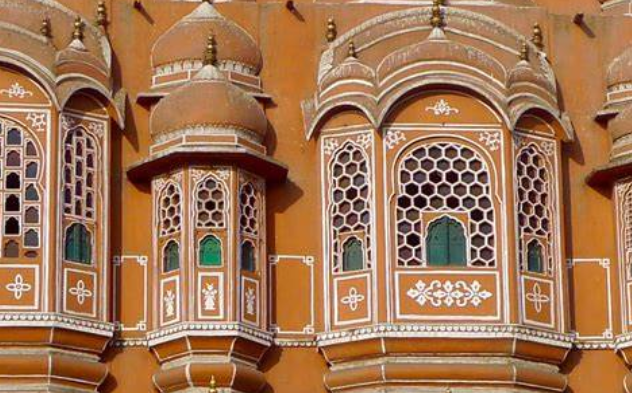
The five-story façade resembles a honeycomb structure, featuring 953 small windows known as Jharokhas, each adorned with elaborate lattice designs.
Share this content:

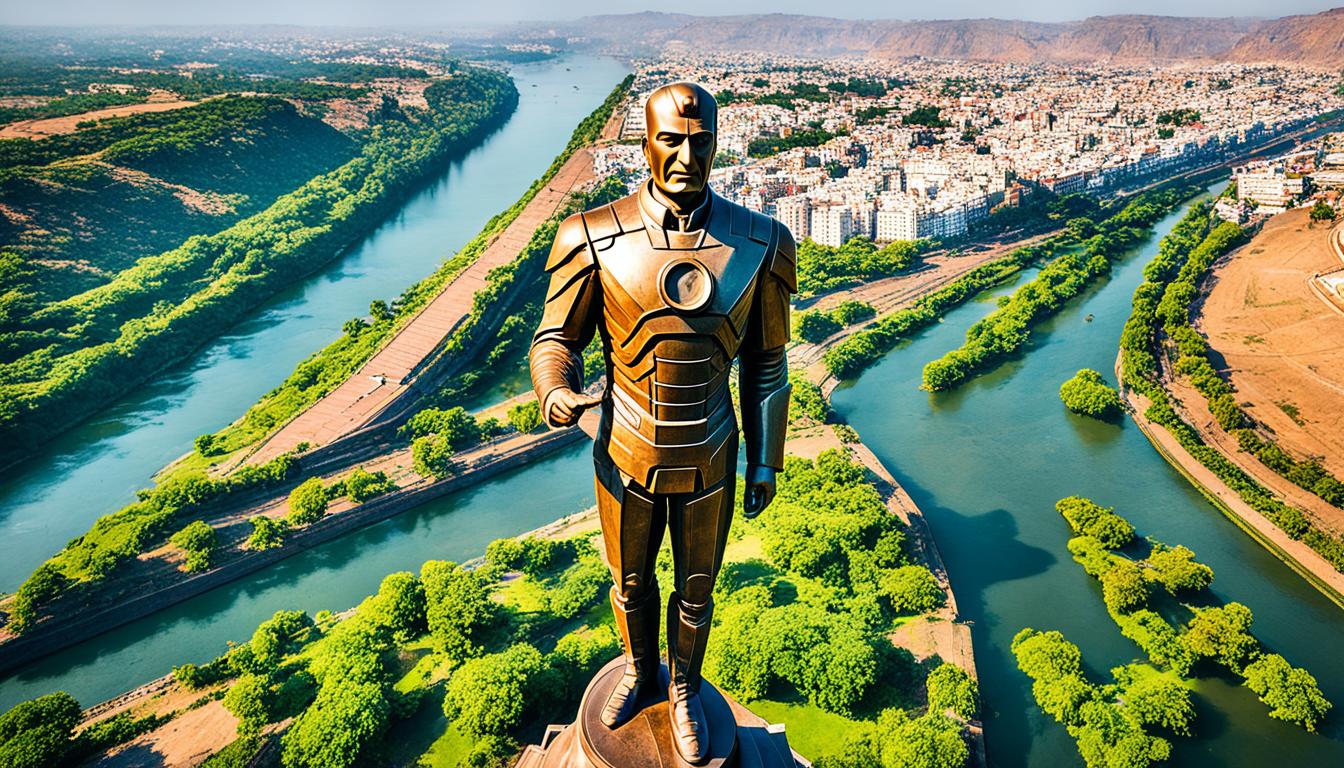
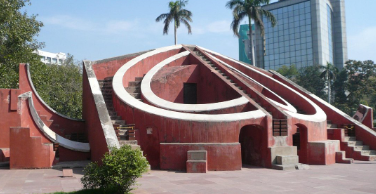
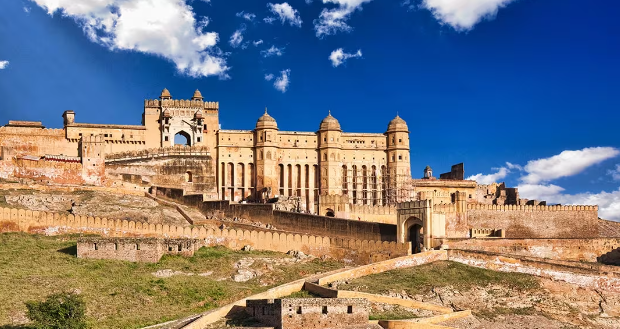










1 comment